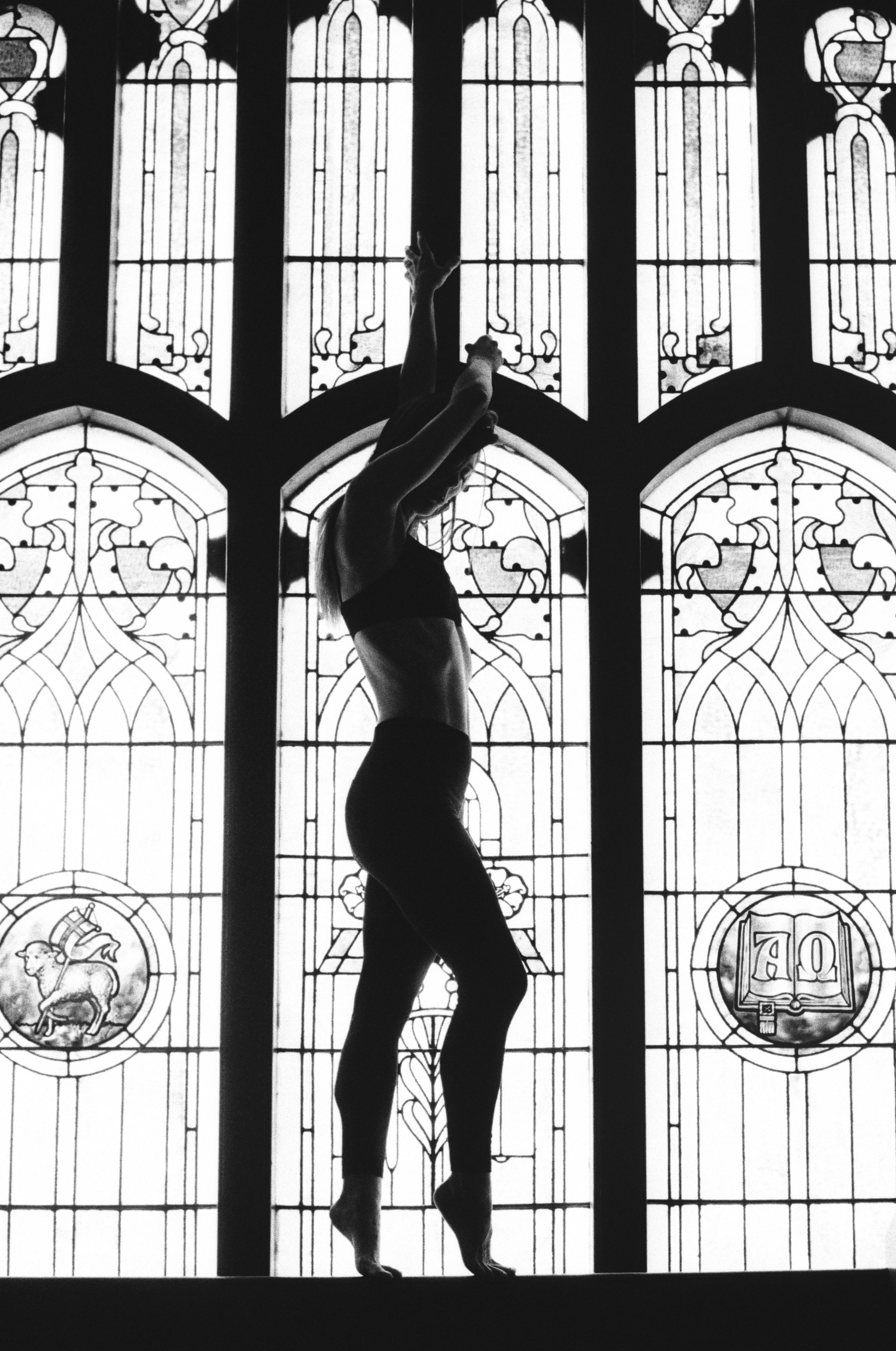Jesus, Malcolm Gladwell, and Disruptive Art
I have a series of images that are diptychs consisting of self-portraits combined with nature. I call the series “The Earth Speaks In Metaphor”, because the earth does speak to us, if we have ears to hear.
From my series “The Earth Speaks In Metaphor”
The longer, official title is “Jesus Spoke In Parables. The Earth Speaks In Metaphor.” Those with ears, let them hear.
But what does this have to do with Malcolm Gladwell?
Lol. Right? I’ll get there.
I mean, if you talk to me for any length of time, you will hear me bring the man’s name up. As a contrarian, I am fascinated by the way he uses his own pushback on our givens to get us to think in ways we wouldn’t be challenged to otherwise.
We get so accustomed to the water in which we swim, that it takes a tap on our fish tank to remind us we’re in it at all.
Jesus was definitely an OG contrarian, but that’s only part of what I want to talk about today.
Today I want to talk about stories.
Jesus’ parables were really stories.
And art is a form of storytelling.
But Malcolm warns us that there’s a difference between a ‘story’ and an ‘anecdote’.
He avers that an anecdote is something that doesn’t surprise us. We know where it’s headed, and the ending falls in line with our expectations.
A STORY on the other hand betrays the reader.
It. Betrays. The. Reader.
You THINK you know where it’s heading, but a story doesn’t keep going, it zigs when the whole time you expected it to zag.
I love Malcolm’s use of exaggerated language to make a point. When proving his point, he goes to 100 in hopes that you might settle on 75. He knows if he only took it to 75, you’d be settling for 50. He wants to take you to the point of almost mere absurdity to push your bounds.
If you can’t tell, I really like him.
So when he says “A story betrays the reader,” I see what he’s doing. He’s in it for the shock value.
I, on the other hand, am no Malcolm Gladwell, so I will soften it a bit.
What he seems to be getting at is a ‘disruption’. (but “betrayal” sounds so much more dramatic and I almost hate to tamper with the wording.)
But a story disrupts the reader’s or engager’s thinking and forces them to view life outside of the water.
An anecdote lets you keep swimming in oblivion. A story taps on the tank.
From my series “The Earth Speaks In Metaphor”
Jesus spoke in parables. He spoke in stories. And they were disruptive.
Now, let’s take modern religion out of this equation. Tbh my own relationship with the Church in the west is complicated. So don’t worry, I’m not going to try to convert you to anything. I am simply taking Jesus as an exemplar for storytelling, because he was really fricking good at it.
We read that many of the Pharisees (strict Jewish sect of the time of Jesus, who were generally pretty upset with Jesus) would walk away confused and/or angry.
Meanwhile, those seeking greater truth would hear what he had to say and wanted to wrestle with the big things.
His teachings were disruptive.
And parables were a way of storytelling that invited those with ears to engage, and precluded those without ears from even desiring to enter into the conversation.
I say math is the language through which the universe speaks to us, and art is the language through which humanity speaks to one another.
Both are languages without the same bounds that spoken languages have.
But they are languages that tell stories.
Art is a form of storytelling.
And because it doesn’t have the same bounds as spoken language, it is always speaking in metaphor or parable.
Without trying to define ‘art’, I will say that not all art pieces tell real stories, some are telling anecdotes. And that’s okay too.
We need anecdotes in our lives. We need the comfort and familiarity of the uncle who tells the same darn anecdote every Christmas and acts as if we haven’t heard it before. Or of a friend recounting the most Mondayest of Mondays.
Just like in exercise you literally need rest to build muscle, so too with comfort and disruption. We can’t be disrupted all of the time or else we wouldn’t grow, we would stick to survival mode. We need a balance.
From my series “The Earth Speaks In Metaphor”
Making disruptive art can also be a disruptive task for the artist. It can be difficult to try to say something different than what people are expecting. It comes with the real consequence of being dismissed or misunderstood by some. And that can feel quite uncomfortable. We like being liked. We like being palatable.
But the reward of disruption is also so, very high for all involved.
It will make people uncomfortable, some will walk away confused, and others angry. But those who have ears to hear will soak up every last pigment on the proverbial canvas and walk away different because of it.
As good as it feels to put something out there that is liked by everyone, the power of disrupting someone and changing their trajectory (even if ever-so-slightly) is living into the fullness of the power of art.
So I will continue to tell anecdotes. But I also want to tell stories. I want to tell them in all their uncomfortable, trajectory-changing, messy, not-always-likable ways.






